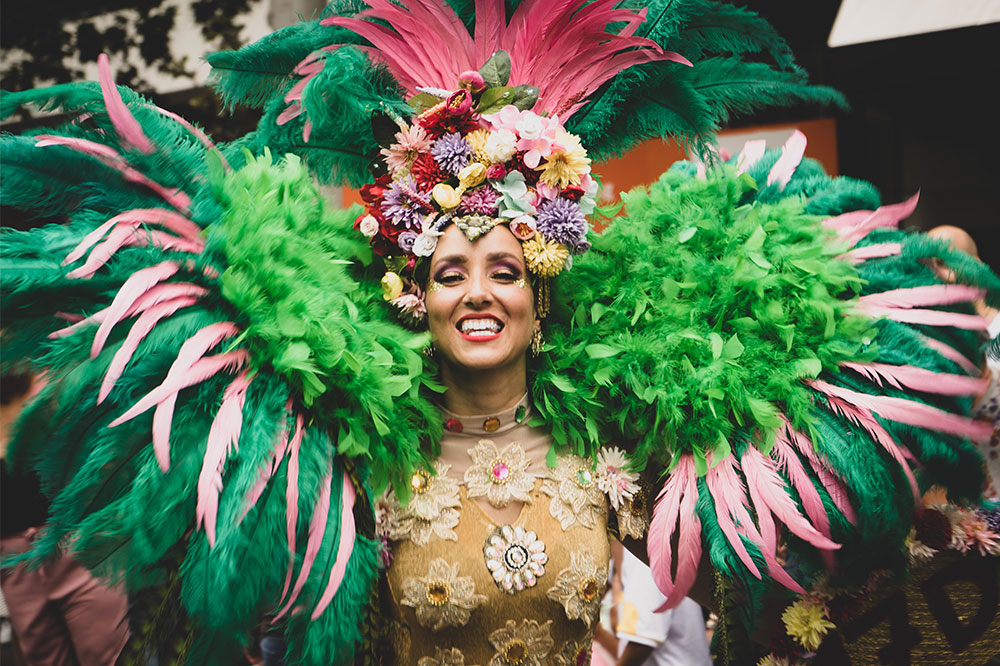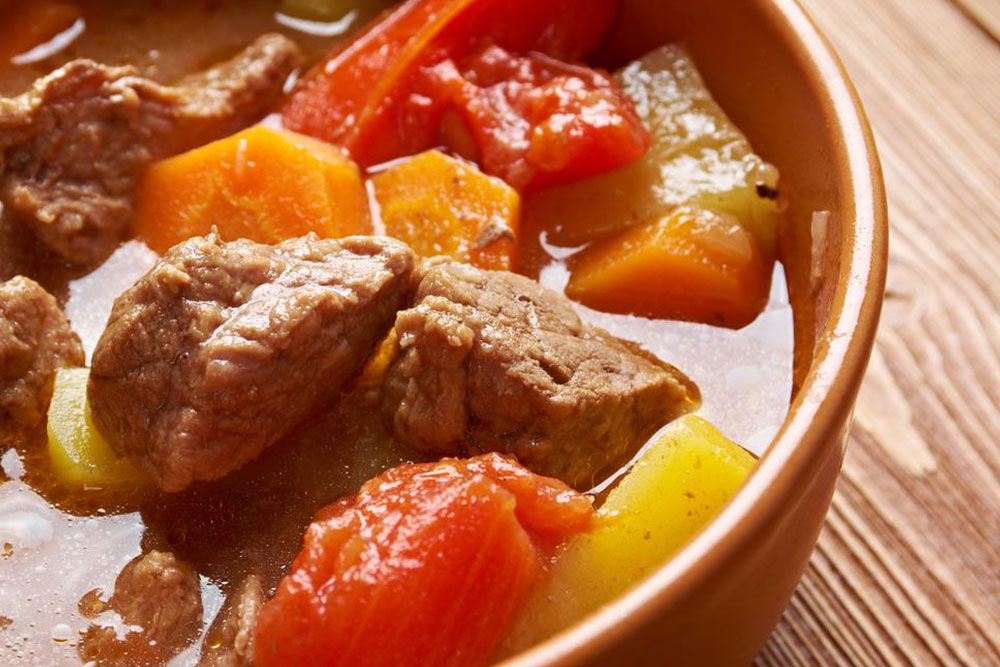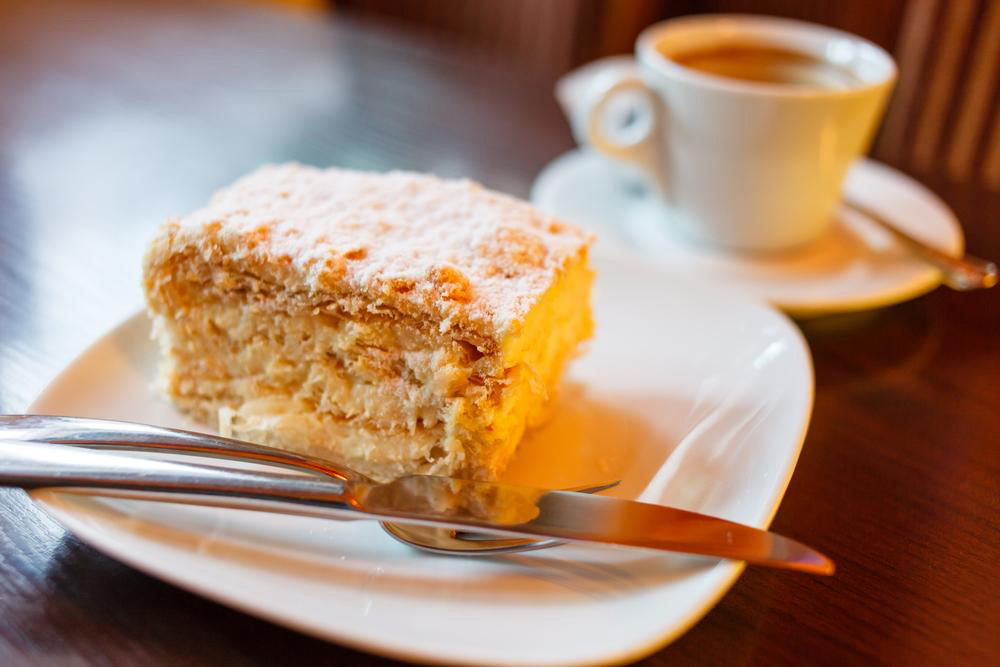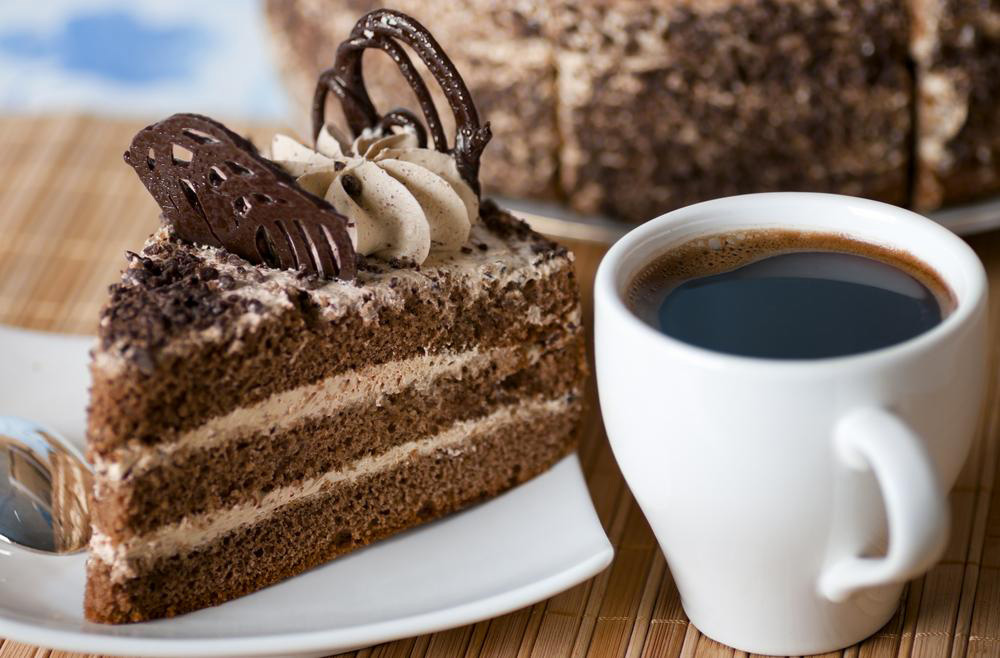Understanding Mardi Gras: Traditions, Celebrations, and Significance
Discover the vibrant traditions and history of Mardi Gras, a festive celebration marked by colorful parades, elaborate costumes, and rich culinary delights. Explore its origins, cultural significance, and modern-day festivities, from iconic King cakes to lively street processions, primarily celebrated in New Orleans and other global locations. Learn about Krewes, traditional symbols, and unique customs that make Mardi Gras a worldwide expression of joy and cultural heritage.

Understanding Mardi Gras: Traditions, Celebrations, and Significance
Mardi Gras, observed annually on Fat Tuesday before Ash Wednesday, signals the start of Lent. Often called Carnival, this vibrant festival is celebrated in many countries worldwide. It features indulgent feasts, colorful parades, beads, and iconic King cakes. The festival symbolizes a time of merriment and preparations for fasting ahead. The celebration’s roots trace back to ancient spring and fertility rites, later incorporated into Christian traditions to merge local customs with religious practices.
What Does Mardi Gras Mean?
Derived from French, Mardi means “Tuesday,” and Gras means “fat,” representing a day of rich foods before Lent. Historically, people consumed all indulgent foods to clear their pantries for fasting. The biggest festivities occur in New Orleans, which hosted its first Mardi Gras in 1699, evolving into grand parades, masked balls, and street celebrations over centuries.
Originally rooted in pagan fertility rites, Mardi Gras was later integrated into Christian tradition to blend pre-existing local customs with religious observances. After a ban by Spanish rulers, New Orleans revived Mardi Gras celebrations around 1837, with torch-lit parades leading the way for modern festivities. Today, the event spans nearly a month, featuring a variety of vibrant traditions and community activities.
The evolution of Mardi Gras includes the formation of Krewes—secret organizations that organize parades and parties. The historic Mistick Krewe of Comus set the tradition for elaborate floats, masked balls, and lively processions. Present-day Krewes often feature celebrities or notable figures as kings and queens, with some groups organizing marching parades, like the historic Society of Saint Anne, established in 1969.
Mardi Gras balls, traditionally private, are now often ticketed or invitation-only events, where members dress in elaborate costumes and masks. Participants wear masks to challenge societal hierarchies, adding a sense of mystery and fun. Beads, throws, and trinkets like MoonPies, cups, and doubloons are exchanged during parades. Unique items like glittery shoes or sparkling coconuts are sometimes tossed to spectators, enhancing the festive atmosphere.
Decorations play a vital role, with parade floats adorned in colorful papier-mâché figures, flowers, and lights. The official colors—purple, green, and gold—symbolize justice, faith, and power. Flambeaux (torches) continue to light nighttime parades, maintaining a traditional ambiance. A highlight is the King Cake, a sweet, cinnamon-filled pastry decorated in Mardi Gras colors. Hidden inside is a plastic baby; finding it signifies good luck and responsibility for hosting the next celebration.
Besides New Orleans, other venues like Universal Studios in Orlando host Mardi Gras festivities, featuring parades, themed rides, and regional foods, creating a festive atmosphere for visitors. These celebrations honor the rich history and culture of Mardi Gras, inviting everyone to partake in the colorful, lively traditions associated with this iconic festival.









